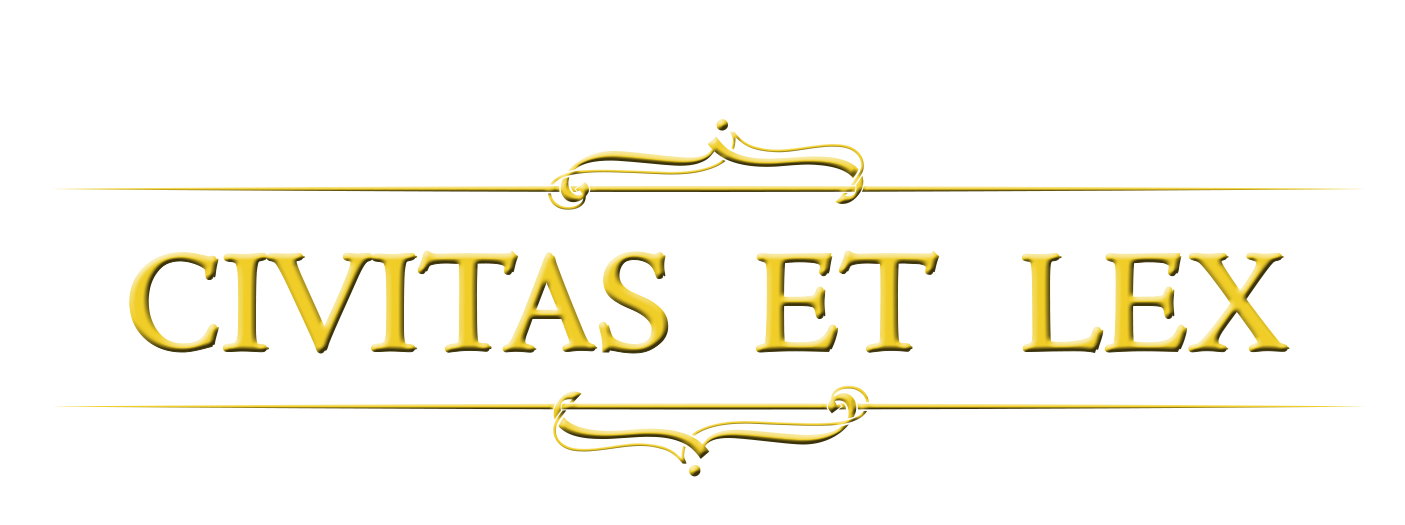J. F. Sztuka, J. Sztuka, Kształtowanie otoczenia. Wzornictwo przemysłowe, komunikacja i reklama wizualna, Częstochowa 2005
Google Scholar
Google Scholar
R. Zimny, Kreowanie obrazów świata w tekstach reklamowych, Warszawa 2008, s. 28
Google Scholar
Google Scholar
R. Nowacki, Reklama, Warszawa 2005, s. 41
Google Scholar
Google Scholar
H.G. Lewis, C. Nelson, Podręcznik reklamy, Warszawa 2000, s. 26-31
Google Scholar
Google Scholar
J. Łodziana-Grabowska, Efektywność reklamy, Warszawa 1996, s. 53.
Google Scholar
Google Scholar
K. Białecki, Podstawy marketingu, Warszawa 2002, s. 123.
Google Scholar
Google Scholar
A. Hiam, Marketing, Warszawa 1999, s. 123.
Google Scholar
Google Scholar
B. Uspienski, Prawa i lewa strona w obrzędzie cerkiewnym. Znak krzyża u prawosławnych i katolików, [w:] B. Uspienski, Krzyż i koło. Z historii symboliki chrześcijańskiej, przekład i przedmowa B. Żyłko, Gdańsk 2010, s. 29-64.
Google Scholar
Google Scholar
J. Kall, Reklama, Warszawa 2002, s. 141.
Google Scholar
Google Scholar
M. Kochan, Slogany w reklamie i polityce, Warszawa 2002.
Google Scholar
Google Scholar
K. Burtenshaw, N. Mahon, C. Barfoot, Kreatywna reklama, Warszawa 2008, s. 42.
Google Scholar
Google Scholar
J. Bralczyk, Język na sprzedaż, Sopot 2004, s. 138-139.
Google Scholar
Google Scholar
A. i L. Ries, Upadek reklamy i wzlot public relations, Warszawa 2004, s. 253-254.
Google Scholar
Google Scholar
B. i W. Żurawik, Zarządzanie marketingiem w przedsiębiorstwie, Warszawa 1996, s. 363.
Google Scholar
Google Scholar
S. i A. Morgan, Kolory w sztuce i reklamie, Warszawa 1994, s. 37-40.
Google Scholar
Google Scholar
J. Altkorn, Wizualizacja firmy, Kraków 1999, s. 49.
Google Scholar
Google Scholar
Nowy słownik języka polskiego, pod red. E. Sobol, Warszawa 2003
Google Scholar
Google Scholar
D. Doliński, Perswazja w tekstach reklamowych – spojrzenie psychologa, w: Język perswazji publicznej, pod red. K. Mosiołek-Kłosińskiej i T. Zgółki, Poznań 2003, s. 82.
Google Scholar
Google Scholar
K. Hogan, Psychologia perswazji. Strategie i techniki wywierania wpływu na ludzi, Warszawa 2001, s. 17.
Google Scholar
Google Scholar
W. Lubaś, Potoczne emocje w perswazji, w: Język perswazji publicznej, pod red. K. Mosiołek-Kłosińskiej i T. Zgółki, Poznań 2003, s. 39-40.
Google Scholar
Google Scholar
A. Jachnis, J.F. Terelak, Psychologia konsumenta i reklamy, Bydgoszcz 1998, s. 227-234.
Google Scholar
Google Scholar
D. Doliński, Psychologiczne mechanizmy reklamy, Gdańsk 2003, s. 84-91.
Google Scholar


 https://doi.org/10.31648/cetl.2188
https://doi.org/10.31648/cetl.2188